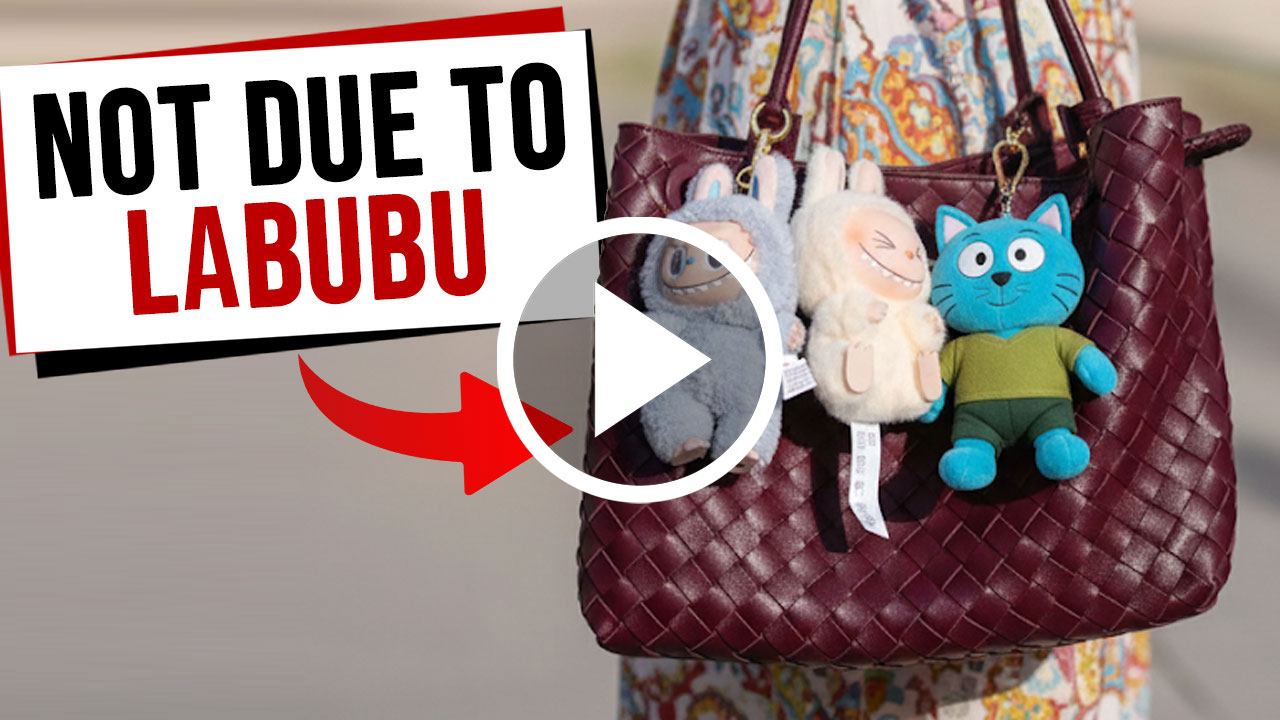In case you didn’t know, White Rabbit candy, the milk candy of many people’s childhood (and still actually my favourite candy), somehow became a drink.
Which sort of makes sense and doesn’t, because it is a candy that is based on milk, which is a drink.
And then now that candy that is based on a drink is now used to make a drink that is based on a candy based on a drink (I don’t even know if that makes sense, just roll with it).
Common sense would tell you that the reverse is just milk, but people really needed to make milk the same taste as the candy, which I ain’t complaining.
Imagine my excitement when I was given this:

Not actually me, but an illustration of the excitement:


If you want to see her getting excited at almost anything (she screamed with excitement when a human being walks past her), you may want to check out our Instagram.
And in case you didn’t catch it, you might remember this thing:

Yes, it’s the candy that older people (;_;) know about.
The drink goes for S$0.75 per bottle at myCK. You can find the product on various online listings, going from S$1.20 to S$1.80. It looks like there isn’t really an official distributor which explains the price.
But… it doesn’t taste like the candy
So when given a brand known for their candy, and with the recent White Rabbit candy trend, my immediate thought is that instead of tasting like the drink the candy was based on, the drink based on the candy will taste like the candy!
Except, for those with similar dreams to me, I’m ruining it for you:
It tastes like coffee.

There’s a reason for SHAKE WELL BEFORE SERVING in caps
For context, our photographer poured the drinks into 3 separate cups before handing the drinks for review to me. That took about 5 minutes.

After that 5 minutes, I took a sip from the cups themselves and realised…they all taste the same.
Until I drank the bottom half of the small cup, then differences were obvious.
Shake your packaged drinks, people.
Kopiko 78°C Coffee Latte

The 78°C refers to the optimum temperature for extracting coffee, which is strange because the National Coffee Association says that the optimum temperature for extracting coffee is 195 to 205 Fahrenheit, or 90.5°C to 96.1°C.

As for the taste itself, it doesn’t taste too different from other canned coffee drinks. Sweet, creamy and smooth. It also leaves an unpleasant sour aftertaste characteristic of dairy drinks. The description for the product says that it uses caramelised milk, but it doesn’t quite have the nutty taste I expect of it.
Though at the low price of S$0.75, I’m really analysing way more than I should.
Oh, if you can’t read the labels, that’s not our fault. It’s hard to read even in real life using my eyes.
Kopiko 78°C Mocharetta
The first swig of the Mocharetta hits me with the taste of Malaysian/Indonesian chocolate.
It’s an obvious taste that doesn’t have the fragrant aroma of chocolate. More sugar than cocoa, and generally very underwhelming.

There’s still the taste of coffee, but generally, this is hard to recommend for people who like chocolate and doesn’t quite like the mass produced (aka cheap) qualities of Malaysian/Indonesian chocolate.

The ingredient list also shows the use of Coffee Mocca flavour (Artificial), which could explain the underwhelming taste.
Kopiko 78°C Caramel Frappe

I drank quite a bit of coffee for this review, so perhaps this wouldn’t be entirely accurate, but drinking the Caramel Frappe seems to leave the heaviest aftertaste.
The drink itself has a sweet nutty caramel taste, but it gets sickening a little quick. The aftertaste didn’t help.
At the end of this review, I drank approximately 360ml of coffee (half of each flavour), so I don’t think my views are too biased.

Out of all 3, I would just go for the standard Kopiko 78C.
Kopiko is Redbull for Filipinos
To investigate more into the drink, I decided to understand why this drink isn’t found more commonly. Like, say, in NTUC.
Kopiko is an Indonesian brand and this particular product line is actually distributed from the Philippines.
And then in the Philippines, according to 2 different blogs, people (in particular college students) are drinking it like Redbull. But in the Philippines it seems like people don’t like the taste at all, only focusing on the Redbull effect.

And then I was halfway bringing another sip to my mouth before…

You can find the full article here.
Yeah, it appears that the caffeine content is strong in this one. Perhaps me writing more than I should is a sign that the Redbull effect is working well.
But to the Hipster entrepreneurs… Are you reading this? If nobody is making a Kopiko drink maybe it is time I set up one myself and sell one cup for like S$6.




